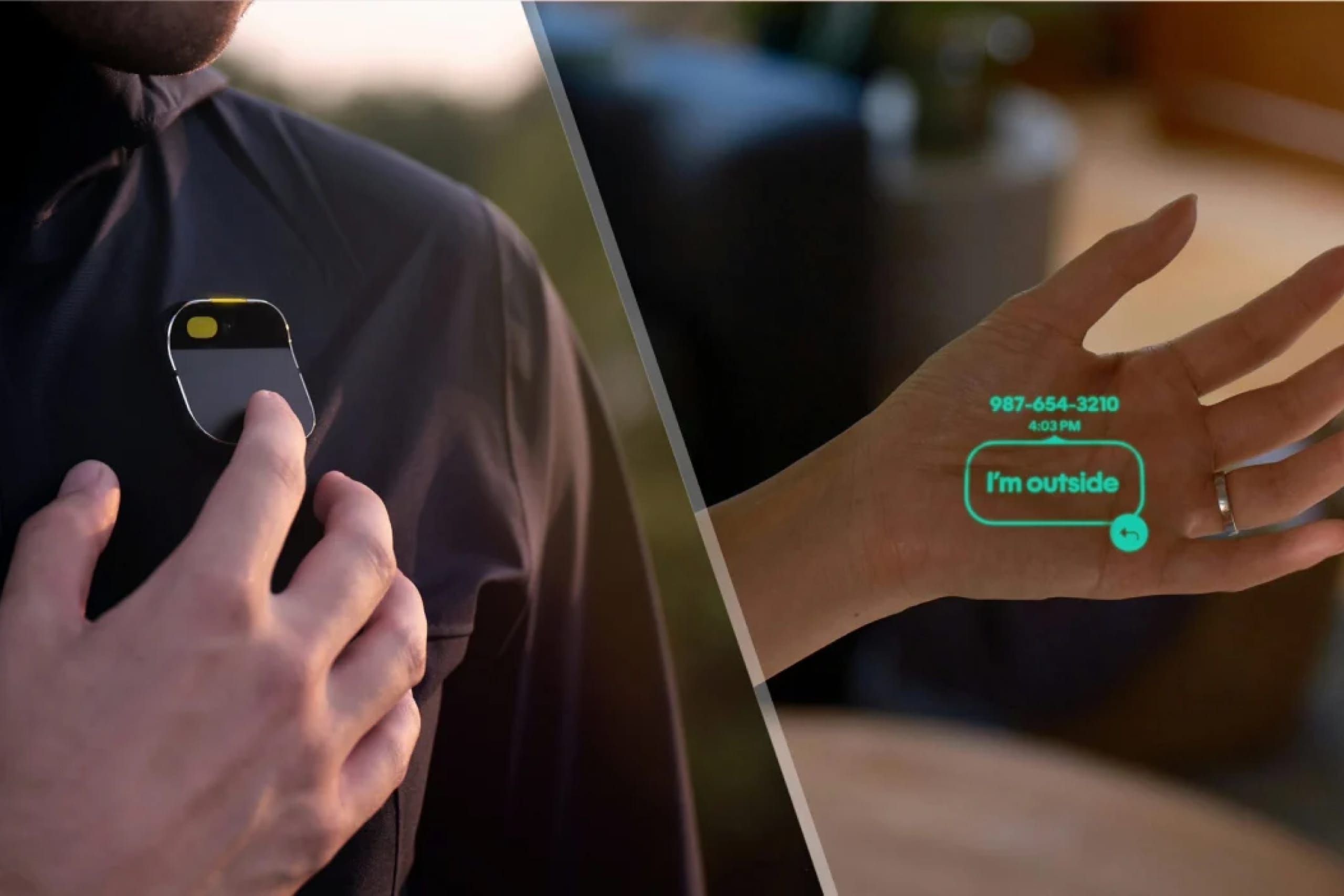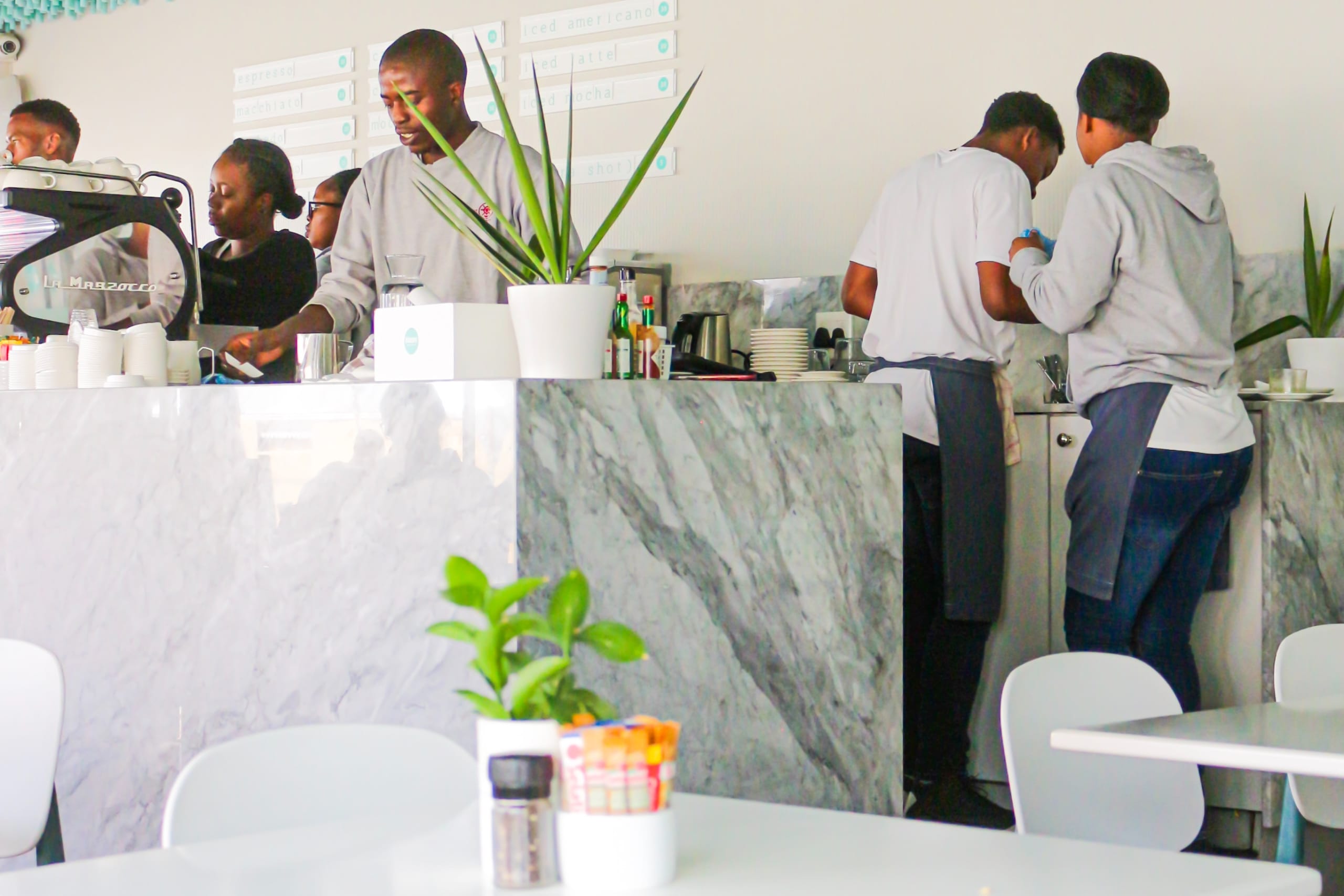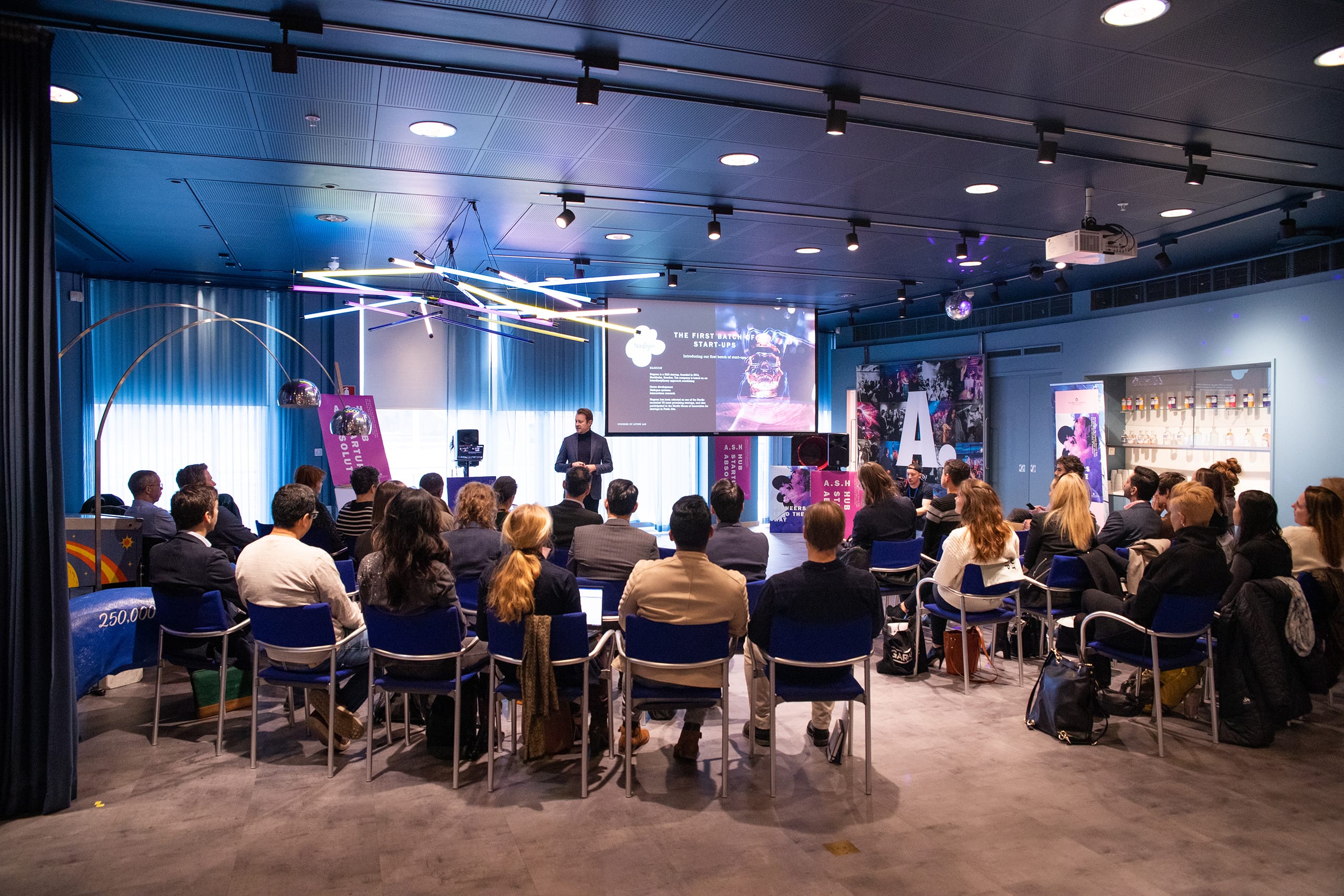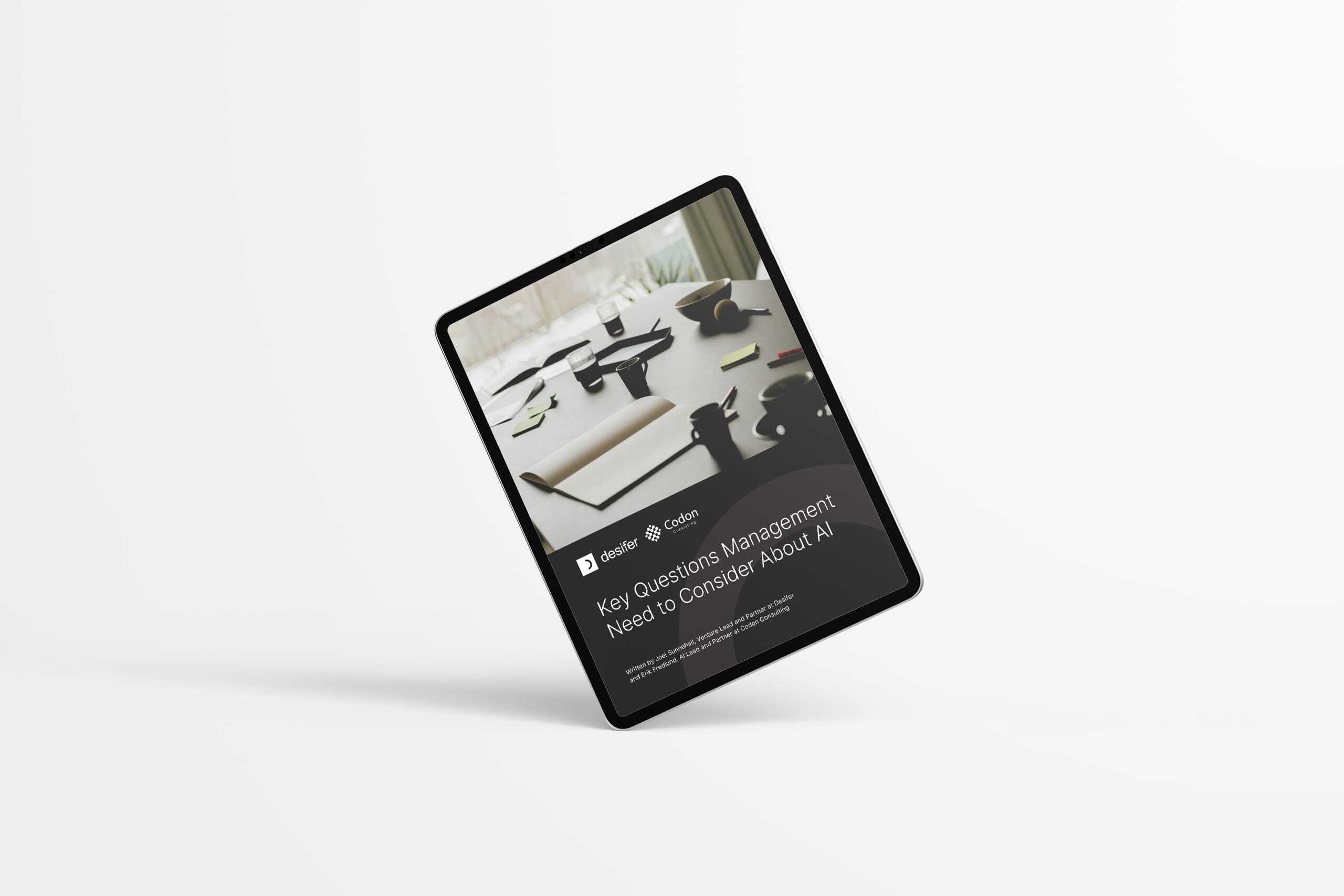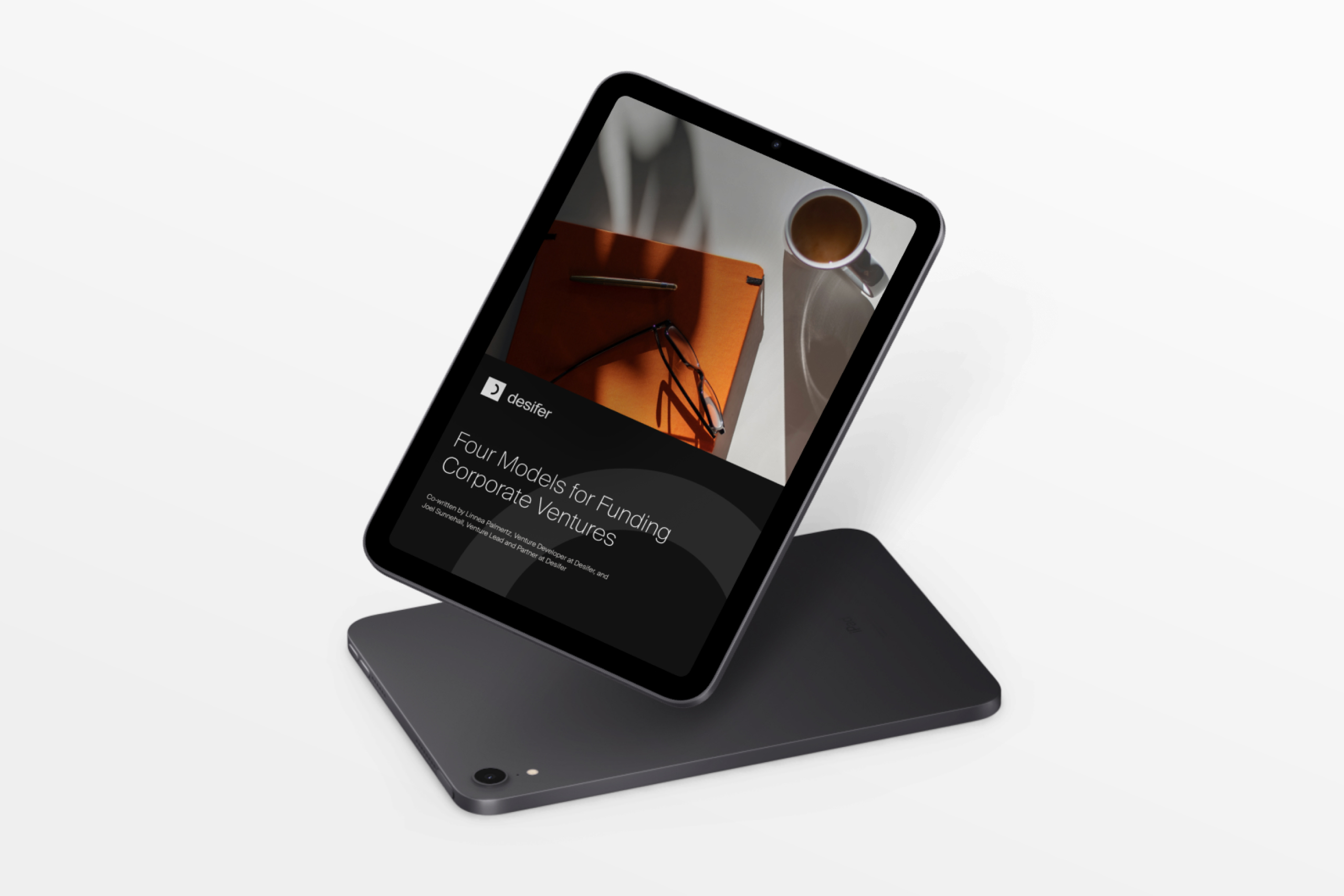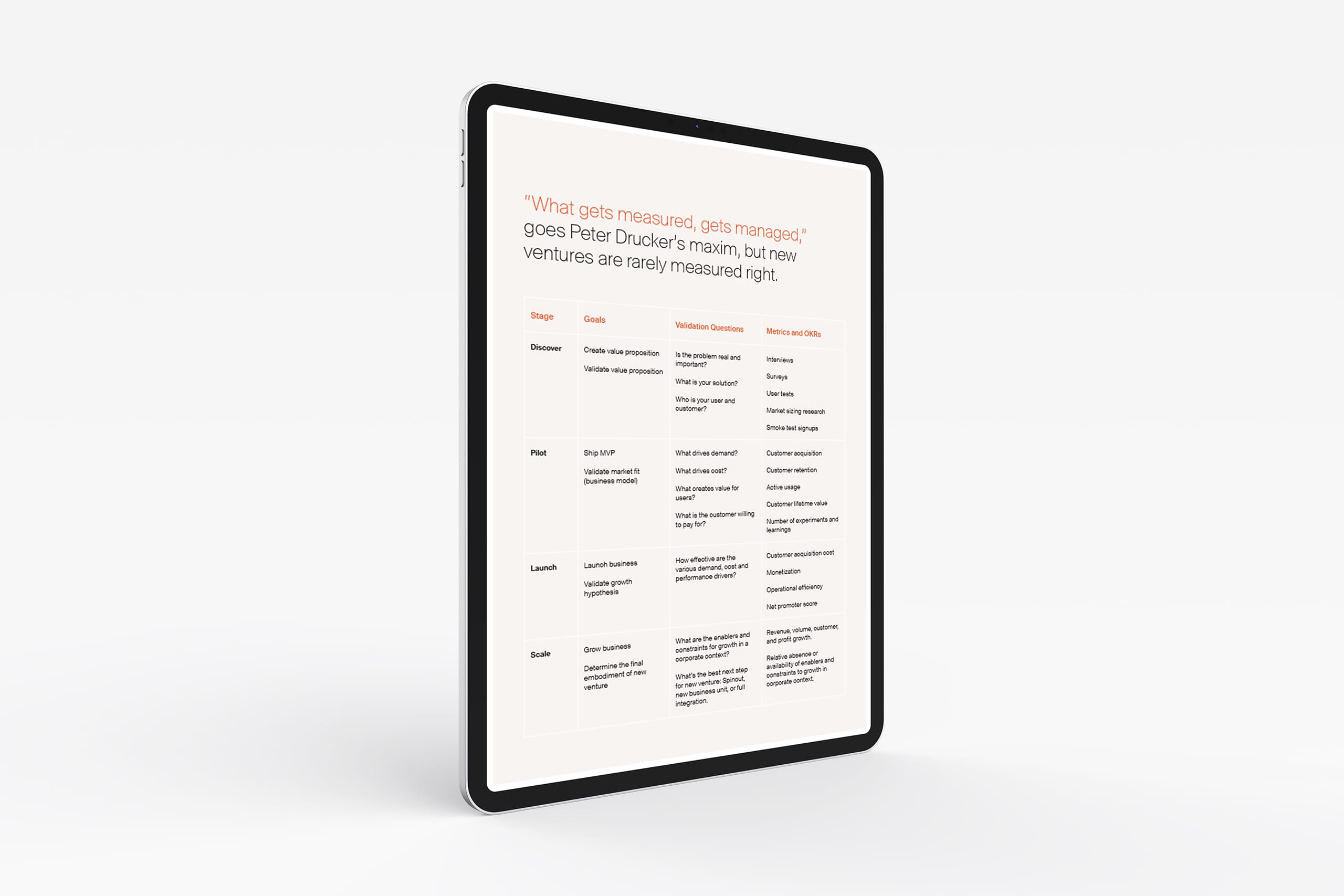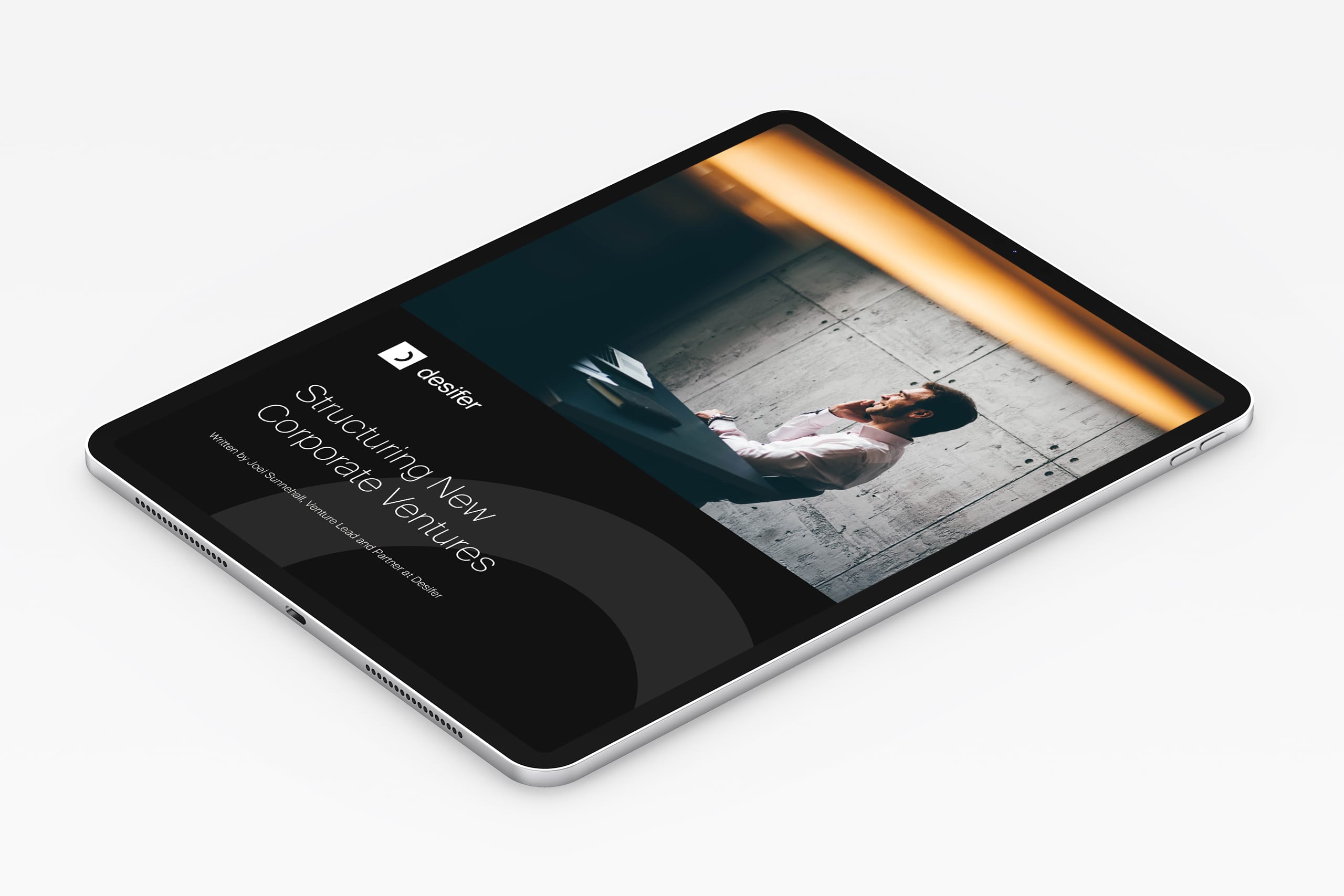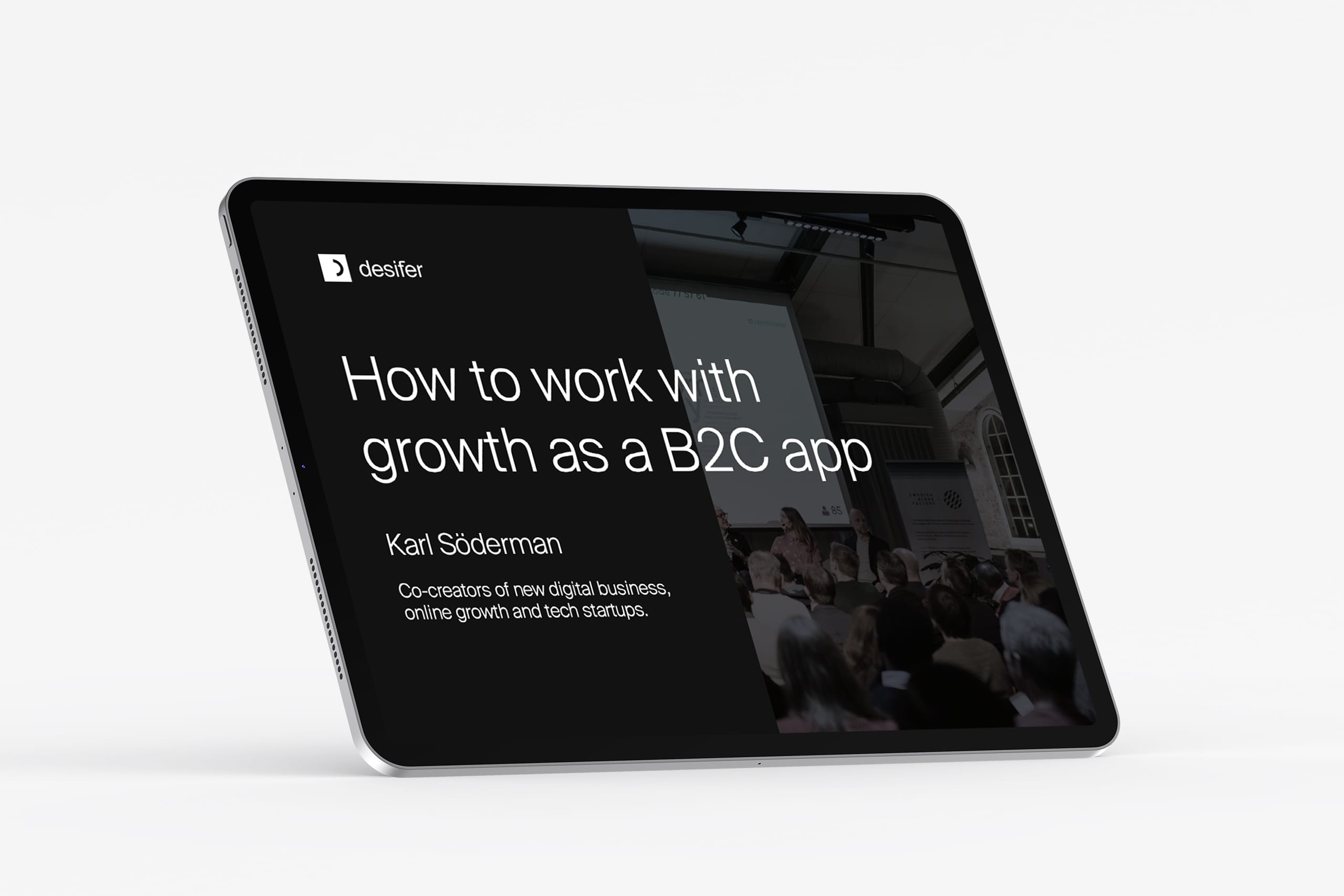Scale
Written by Marianne Stjernvall
April 10, 2021
How can startups work with CRO (conversion rate optimization)?
Today, many companies and their marketing teams focus on driving new traffic towards their websites, hoping that the traffic will convert into sales. Nothing wrong with this, generating new traffic is great. However, one thing that many companies miss, which is actually more likely to provide long-term, sustainable growth, is to maximize conversion from existing traffic. This is where Conversion Rate Optimization (CRO) is important.
However, CRO can be difficult for startups with limited amount of website traffic. But there are still ways for startups to work with CRO. In this article, we will go through the essentials of CRO, how it works, and how startups can work with CRO.
What is CRO?
A conversion rate is a measurement, the percentage, of visitors who complete a desired action – they convert. Examples of desired actions can be signing up for a newsletter, booking an appointment, completing a web form, asking for a quota, downloading a guide or purchasing a product. This measurement can be calculated by dividing the number of conversions – completed actions, by the number of visitors. Then multiplying it by 100 to get the percentage that is your conversion rate for a given metric.
A high conversion rate is sought after as it means that you have been able to increase your visitors’ number of completed desired actions, eg. purchases, highly-qualified leads, customer reviews etc. CRO is a way of getting more of your visitors to complete that desired action. It’s the process of enhancing your website and content in order to increase the conversion rate.
As a for-profit company, you want your website to be structured and designed in a way so that visitors convert into paying customers. Conversions can occur anywhere on your website – on your homepage, in the shopping cart, on the blog, etc. and if you want to optimize for conversions, it is your task to lead visitors in the desired direction, regardless of which page they are visiting.
How does CRO work and where to start?
In order to optimize your website for conversions, you need to know what your customers want, what they are thinking when visiting your website, what questions they have and what information they are looking for. In other words, you need to know your target audience. The first step of CRO is therefore to gather qualitative and quantitative data in order to understand your target audience. Working with CRO is a way to stop guessing, and start taking action on facts and data. Often what you want or think is not the same as what your user needs. If you let your users and their data guide the way of what content and information should be visible on your website, instead of your gut-feeling, you are on the right path. And who better to listen to then the people who will buy your product or service in the end: the user.
Your website is built up by a lot of pages, and each of them should be thoroughly thought through. Most business owners see the startpage as just as the word indicates – the start of your user journey. Many organisations put so much information here about everything. Because everyone wants to be seen on the startpage. In fact there is a good chance only about 20% of your visitors ever see the startpage. You know this if you know your data. The startpage is only the starting point for some of your visitors. The rest of your landing pages need to be viewed in the same way and guide your visitors to conversion wherever they enter your site. However, where they enter can be a great indicator for you to why they are visiting your site. This is where CRO ties into the acquisition of your traffic, and the two of them together will make your insights even stronger.
What you should optimize on your site comes down to your traffic and the users. At the startpage you might need to make the user aware of your value proposition and make clear USP’s so that the users feel secure. On a product page you want to answer any question that your user might have about the product, and make it quick. Our attention span is getting smaller by the minute. Should you have the same content on mobile as you have on desktop? Again, this comes down to your user data. Do you know what your user journey looks like? Often people research in mobile devices, but actually convert in desktop devices. You need to know if this is the case for you. So that your website can focus on delivering the right content at the right time. You might have heard about mobile first. Meaning that we design for a mobile first experience and that it is the most important device. I want to argue that you not only should be mobile first, but you actually need to be user first.
In the world of CRO and experimentation we use a method called AB-testing to get the data we need in order to take the best action for our website, business and users. AB Testing, or Split Testing, is a common approach to measure different variations of your website to see which one performs better. However, this approach might be problematic for startups as the tests require a lot of traffic. Luckily, there are other methods within CRO that you can use.
How can startups work with CRO?
A few other methods within CRO that do not require the same large amount of traffic are heathmaps, surveys and web psychology. Working with CRO basically means that we are making data-driven decisions. And as we are aware of, the data and our users are the same thing. So we are actually optimizing our websites to make them better for our users. Working with CRO does not automatically force you to work with AB-tests and experimentation. Although you want to grow your traffic and conversions to make it possible for you to do it later on. Before that however, there are great options to optimize by.
Heatmaps are visualised screenshots where you can actually see how your users are interacting with your website. Where they are clicking, scrolling and moving the mouse. Here you can get answers about how many people are interacting with important content far down on the page, and how many are actually scrolling that far to begin with.
Surveys and customer service feedback is a fantastic way of understanding your users. And having a website with less traffic might actually help here. You have the opportunity to really get close to your users and ask them direct questions about their needs and what questions they have when it comes to your product.
Web psychology. In CRO we work a lot with web psychology and behavioural theories to build strong hypotheses. These are great to work with when you don’t have enough traffic or conversions to create AB-tests and Experiments. Learning how people interact with digital artefacts and how our perception works when looking at digital screens is a very important step to optimizing your website to convert even better.
The key to working with CRO is to work close to the user. And to take action on the data they give you. The biggest chance of making your website a successful one is to take qualified decisions based on this data.









